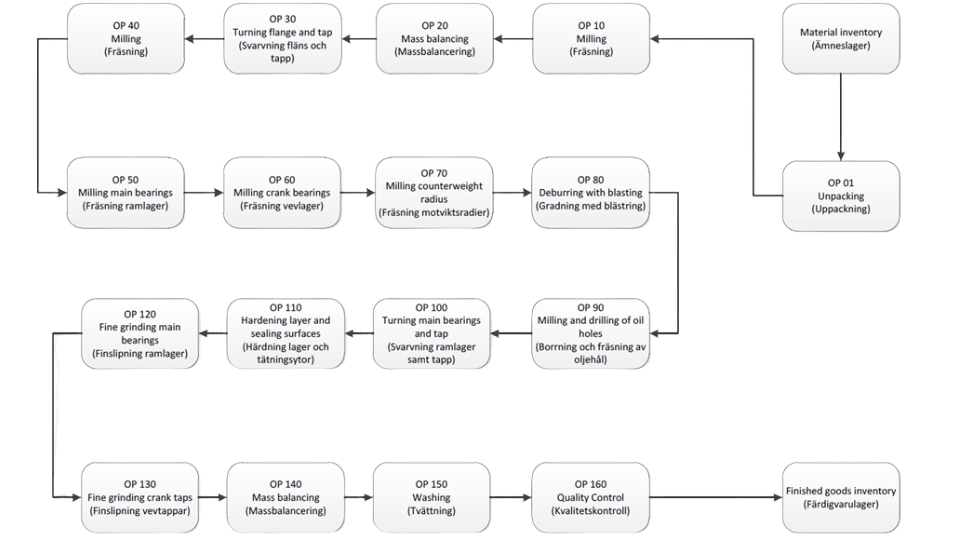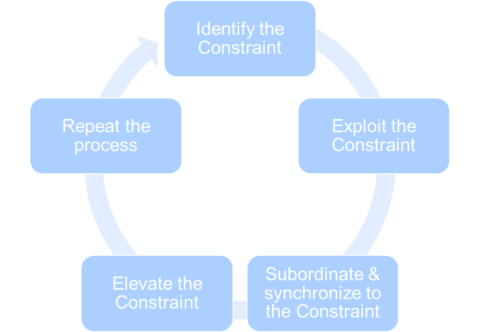BoP (Bill of Process) – Optimizing Processing Sequences
Structuring process sequences efficiently is key to managing multiple product configurations. Companies must optimize workflows to reduce inefficiencies, balance resource allocation, and ensure seamless production sequencing.

Challenges
- Managing complexity – How to structure process sequences for multiple product configurations while maintaining efficiency?
- Avoiding inefficiencies – How do different sequencing strategies impact production flow, lead time, and cycle times?
- Resource allocation – How can workforce and equipment be best utilized across multiple operations?
- Process validation – How to test and refine process sequences before real-world implementation to minimize risks?
How Simulation Helps
- Evaluate process dependencies – Identify bottlenecks and inefficiencies by testing different sequencing strategies.
- Simulate variations in BoP – Assess the impact of alternative workflows on production output, cycle time, and resource distribution.
- Optimize flow and resource utilization – Determine the best sequencing to reduce idle time and improve throughput.
- Validate changes before implementation – Reduce risk by testing different process orders in a digital environment before applying them in production.
Expected Results
- Optimized workflow – Streamlined sequencing ensures smoother production with reduced bottlenecks.
- Improved process stability – Fewer unexpected disruptions and enhanced operational flexibility.
- Reduced costs – Minimized waste and costly process modifications through virtual validation.
With inFACTS Studio, manufacturers can experiment with, validate, and optimize BoP strategies, ensuring scalable and efficient production processes across various industries.





